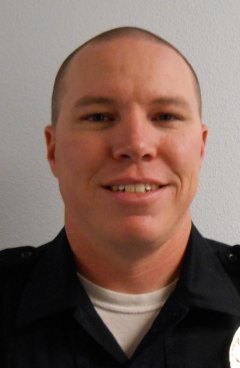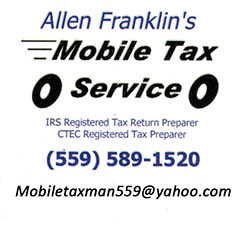How best to prevent a traffic accident and respond to one

You might ask, "How can I make sure I am not involved in a collision?" The simple answer: Follow the rules of the road. These laws are put in place to make the roads a safer place to travel. If everyone did his or her part to make sure he follows the rules of the road, the number of traffic collisions would fall drastically. In the case of unsafe speed collisions, these are generally "rear end collisions." California Vehicle Code Section 22350 states that no one shall drive a vehicle on a highway (which include all public roadways) at a speed greater than allowed by current conditions, taking into consideration traffic volume, weather, time of day, and width of the road. This section can be used even if both vehicles are traveling under the posted speed limit. Collisions involving right-of-way violations are caused by vehicles pulling out in front of someone else, whether it is making a left turn in front of someone, pulling away from a stop sign, pulling out of parking lot, or failing to yield to a pedestrian in a crosswalk. Unsafe turn/lane change collisions occur when a turning movement is made before it is reasonably safe to do so, or when someone changes lanes while another vehicle is occupying the space the first driver wants to move into. By understanding what these violations are, we can start to understand how to avoid committing them.
As stated above, in order to avoid being involved in a collision, make sure you pay close attention to the roadway in front of you, and what is going on around you. When driving, look well ahead for any hazards in the roadway. If there is a stalled vehicle in the roadway and you hit it, you could find yourself at fault for traveling at a speed greater than allowed by road conditions (VC 22350). When preparing to make a left turn, pull out from a stop sign, or pulling out of a parking lot, make sure you make a conscious effort to look for vehicles that are approaching that would have the right of way. Different intersections have different right-of-way requirements, so it is important that you pay attention to the signs as you approach the intersection and you know what kind of controls that intersection has. For example, is the intersection a 4-way stop, 2-way stop? By looking for these signs, you will have a better idea of the hazards to look for.
Sometimes, we do our best to drive defensively and follow the rules the road, but still find ourselves in an accident. At the scene of a collision, I often times am told, "This is my first time being in an accident. I don't know what to do." Being involved in an accident is pretty stressful, but if you follow a few simple steps you can make it as stress free as possible. First, assess yourself and passengers for injuries. If your vehicle is drivable, move it out of the roadway if it can be done safely. Often times, vehicles get left in the roadway so the officer can see the positioning of the vehicles at the time of the collision. This is rarely useful and only causes an additional hazard for others on the road. Next, notify the police of the collision and provide your name, and an exact location as possible, and whether or not there are any injuries. Try to have your driver license, registration, and insurance information ready when the officer arrives. Also, try to avoid calling your insurance company until after the officer has contacted you and has gotten your statement. This usually takes up a significant amount of time and prevents the officer from completing the investigation. If there is concern over whether or not your insurance company will cover tow fees from anyone other than their preferred tow companies, contact your insurance company now to find out who the preferred company is and write the information on your insurance card. This will save time and still ensure that your insurance will cover your tow. Before you leave the scene of the collision, the officer should provide you with the accident report number, as well as the other driver's name, vehicle information, and insurance information. If the officer does not provide you this information, ask for it before they leave the scene. By obtaining this information, you can call your insurance company from the comfort of your own home and get your claim started.
I have been with the Lemoore Police Department for over 7 years. I spent 3 1/2 of those years in the traffic unit. If you have any questions on the information provided above, feel free to contact me at the Lemoore Police Department at 559-924-9574, or by email at kyle.reynolds@lemoorepd.com
Blog 2
- Local NAS Lemoore aviator picked to join the Navy's Blue Angels' team
- Gallery: Lemoore High School graduates bid a fond farewell to their Alma Mater
- Local law enforcement agencies pay their respects at Peace Officers' Memorial
- Gallery: NAS Lemoore families and friends welcome home sailors on Sunday
- Pair of NAS Lemoore squadrons return home after 8-month deployment in Mediterranean
- Local Lions Clubs help celebrate Easter in Lemoore and Armona
_0.jpg)

.jpg)



